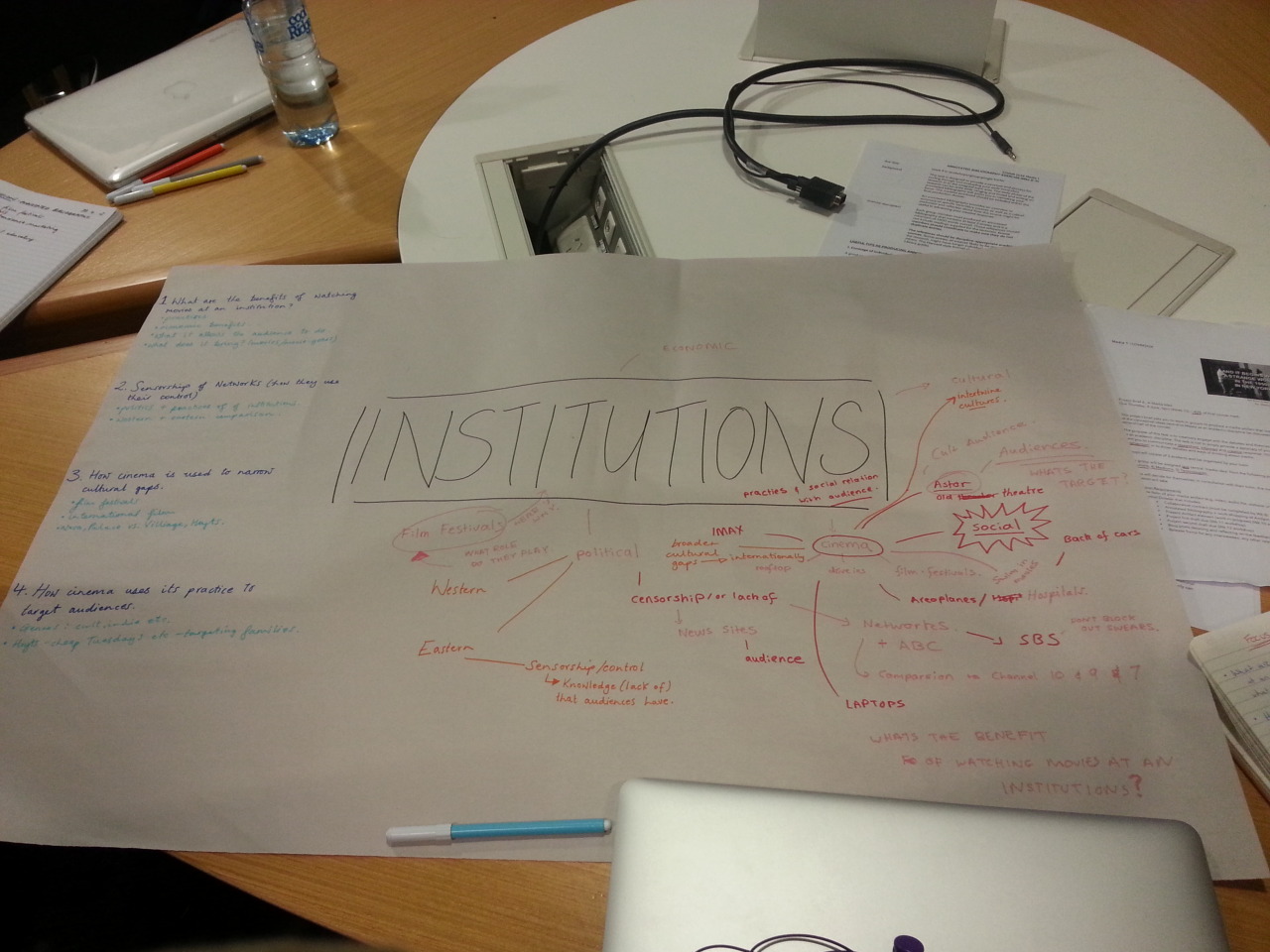In class the idea was brought up that although in Taylor Swift’s new music video “Bad Blood” she is shown wearing bondage-like gear, we can’t sexualise her.
This was juxtaposed with the study that Nicki Minaj has single handily corrupted todays youth with her songs about her Superb Ass and pill popping. (see Super Bass)
For me this was a clear example of a pop-star’s persona in action, it’s easy to play the good girl next door when you look like Taylor Swift. You can’t really image a doe eyed blonde haired girl playing another role really. It’s in the same way we are able to jump to this conclusion that most people are readily able to look at a woman like Nicki Minaj and describe her as exotic, sexy, and animalistic. In a way pop-star’s only have so much control over how the public wants to view them.
Theres a lot of stigmas around how a black woman’s body is used in media. It’s often sexualised and dehumanised in a way where it is described rather than beautiful it is always raw, animal, exotic. She is never a woman but a creature ready to be let out and tamed. More of this discussion can be found online, but here is a good start.
There things we can never associate with “wholesome” persona’s like that of Taylor Swifts. This is even played out in her video Shake it Off, where she is shown “twerking” We are presented with an image of Taylor giving a half hearted embarrassed shake, and even if it’s unknowingly it’s still making a clear dichotomy between her and stars that exist in the industry. Stars like Nicki Minaj.
In Nicki’s video Anaconda it’s easy to at first glance see it as a way to play up the persona given to her by the media. However on closer analysis it’s easy to see how Nicki plays with the idea of objectification and works to give herself agency. Lets break it down
The song Anaconda samples good old Sir Mix A Lots, “Baby’s Got Back” a song that’s cemented its self in our pop culture. However she subverts this idea as she “shifts the common narrative of a man conquering female bodies to Minaj’s own stories of sexcapades without apologies.” [1] This is further reinforced in the video by showing images of her covering herself in whipped cream only to have the following shot be one of her slicing a banana in half angrily or sitting Drake down on a chair and giving him the lap dance of his life that ends, once he puts his hands on her. Throughout the video we can see that Nicki is in control. Rather than letting you decide what persona you can ascribe to her, she is telling you that her body belongs to her and is not yours to consume. She doesn’t give a fuck what your anaconda wants.


 Brainstorming done in todays tutorial about institutions. We as a group started with the two institutions that interested us, Cinema and Network TV. We began to list different forms of cinema and tv and connect issues to them under: economical, political, cultural and social brackets. Some of the ideas and issues we came up with are:
Brainstorming done in todays tutorial about institutions. We as a group started with the two institutions that interested us, Cinema and Network TV. We began to list different forms of cinema and tv and connect issues to them under: economical, political, cultural and social brackets. Some of the ideas and issues we came up with are: